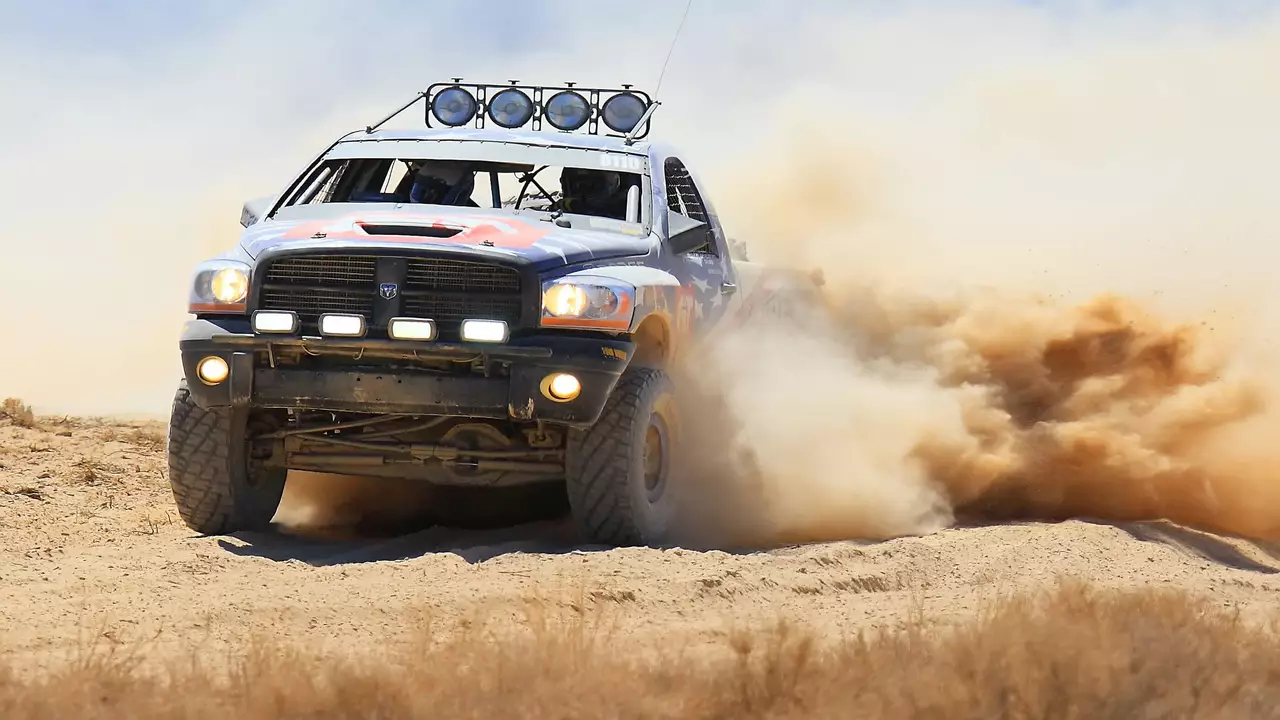Understanding Vehicle Purpose in Rally Racing
When you step into the world of rally, the first thing you’ll notice is that not every car is built for the same job. A rally car’s purpose—whether it’s tackling tight gravel, sprinting on tarmac, or powering through snow—defines its design, drivetrain, and even the driver’s technique.
Why Some Rally Cars Favor Front‑Wheel Drive
Front‑wheel‑drive (FWD) machines often get a bad rap, but they have a clear purpose. With the engine’s weight over the driven wheels, FWD gives predictable handling and solid traction on loose surfaces. If you’re racing on dry gravel or loose sand, a well‑tuned FWD can slide around corners with less understeer than a rear‑wheel‑drive (RWD) car. Many newcomers start with FWD because it’s easier to control and cheaper to modify.
Four‑Wheel‑Drive: The All‑Terrain Workhorse
Four‑wheel‑drive (4WD) is the go‑to for the toughest rally stages. When the course throws you mud, ice, or steep hills, a 4WD car spreads power to all four wheels, keeping you planted where a FWD or RWD car would spin out. Modern 4WD rally cars also feature sophisticated differentials that let the driver dial in the exact amount of torque needed for each wheel, making them unstoppable on mixed‑terrain routes.
Beyond the drivetrain, the body style matters too. Hatchbacks dominate dirt rally scenes because their low center of gravity and lightweight design improve handling and acceleration. Their compact shape also makes them easier to maneuver through tight forest sections and steep hairpins.
Another piece of equipment that defines a car’s purpose is the handbrake. Rally drivers use it to lock the rear wheels for rapid direction changes, especially on slippery corners. Mastering the handbrake can turn a standard road car into a nimble rally machine, allowing you to drift around obstacles that would otherwise slow you down.
So, how do you pick the right vehicle for your rally goals? Ask yourself three questions: What terrain will you face most often? How much power can you handle? And what budget are you working with? If you plan to race mostly on smooth tarmac, a RWD or lightweight FWD hatchback might be enough. For mixed‑terrain events, invest in a 4WD platform and focus on suspension upgrades.
Remember, the car’s purpose isn’t set in stone. Many drivers start with a modest FWD hatchback, learn the basics, then upgrade to a 4WD chassis as they gain experience. The key is to match the car’s strengths to the stage’s demands and to keep refining your driving technique—handbrake control, weight transfer, and pace‑note reading—all while enjoying the roar of the engine.
Ready to pick a rally car that fits your style? Look at your local events, talk to seasoned drivers, and test a few models on the same stage. You’ll quickly see which vehicle purpose aligns with your racing dreams.

Are rally cars meant for off-road?
Well, buckle up folks, because we're diving into the wild, mud-splattering world of rally cars! Now, these beasts may look like your everyday grocery-getters but they're as different from them as I am from Brad Pitt. Truth is, rally cars are built for off-road adventures - they're like superheroes of the car world, ready to leap over gravel, mud, and snow in a single bound! So, yes, they are definitely meant for off-road, but they can also show-off on tarmac as well. Just don't try taking your mom's sedan off-roading, unless you fancy a hefty repair bill!